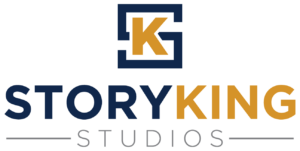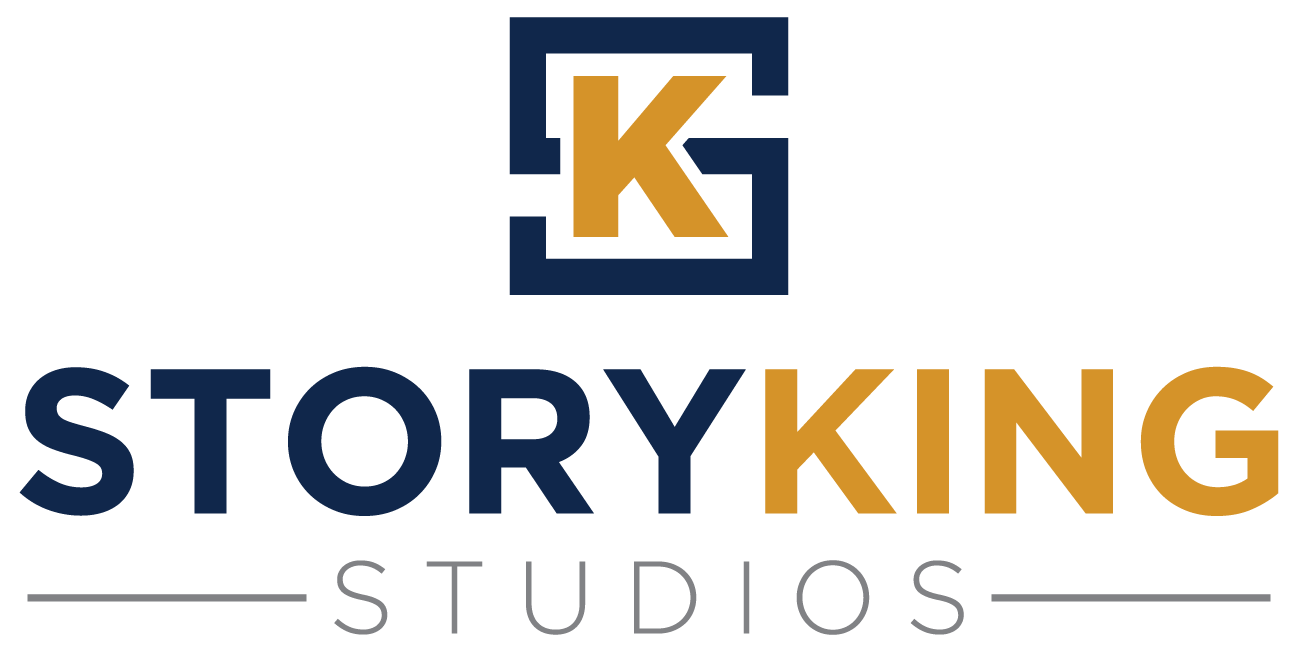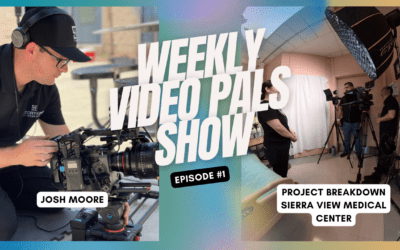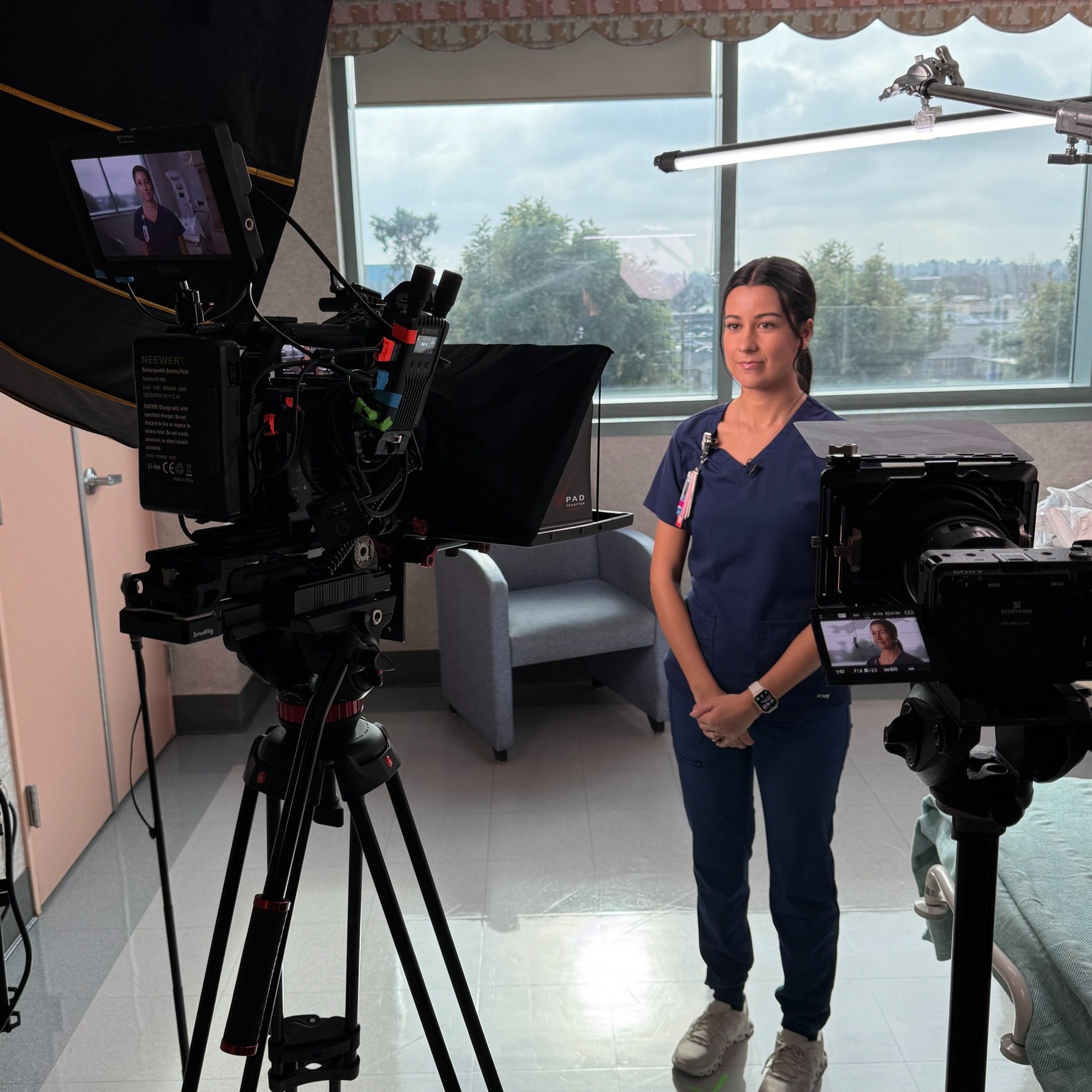Are you gearing up for your next video project? Whether you’re a business owner, marketer, or filmmaker, proper planning is the key to a successful video shoot. We’re diving into the planning essentials that make a significant difference in your video production endeavors—storyboards and shot lists.
What are Storyboards and Shot Lists?
Before we delve into the nitty-gritty of storyboards and shot lists, let’s clarify what these terms mean in the realm of video production.
Storyboards are visual representations of your video’s scenes or shots. They serve as your project’s blueprint, offering a glimpse into how each frame will look, how the camera will move, and how characters or elements will interact. Think of them as a comic book version of your video.
Shot lists, on the other hand, provide detailed information about each shot in your video. They include shot descriptions, camera angles, equipment requirements, and any specific details that need to be captured during the shoot.
The Role of Storyboards
Pre-visualization: Storyboards help you pre-visualize your video project. They allow you to see the narrative flow, identify gaps in the storytelling, and make necessary adjustments before the actual shoot.
Clear Communication: When you collaborate with a video production agency or a team of professionals, storyboards become a universal language. They ensure everyone involved understands the vision and the creative direction of the project.
Creating a Storyboard
Now that we’ve established the importance of storyboards, let’s walk through the process of creating one:
-
Sketch It Out: You don’t have to be a professional artist to create a storyboard. Simple sketches or stick figures can convey your ideas effectively. There are also digital tools available to help you create digital storyboards.
-
Frame by Frame: Break down your video into individual frames or scenes. For each scene, draw or describe what the camera will capture, including characters, objects, and backgrounds.
-
Add Annotations: Don’t forget to include annotations or notes for important details. These could be camera movements, lighting requirements, or any specific actions taking place within the shot.
-
Sequence Matters: Organize your storyboard frames in the order they will appear in your video. This will help you visualize the flow of the narrative.
-
Share and Collaborate: Share your storyboard with your video production company or team for feedback and input. Collaboration is key to refining your vision.
The Importance of Shot Lists
Shot lists complement storyboards by providing specific details about each shot. Here’s why they are crucial:
Efficiency: With a well-organized shot list, your video production team can work more efficiently. They know exactly what to capture, reducing the need for unnecessary takes.
Time Management: Time is money in the world of video production. Shot lists help you manage your shooting schedule effectively, minimizing delays and overages.
Flexibility: While shot lists provide guidance, they also leave room for creativity. A skilled director or cinematographer can use them as a foundation for improvisation and artistic expression.
Building a Shot List
Creating a shot list requires attention to detail and precision. Here’s how you can put one together:
-
Shot Descriptions: Start by writing detailed descriptions of each shot. Include information about framing, camera movement, and any specific actions.
-
Camera Angles: Specify the camera angles for each shot. Will it be a close-up, wide shot, or a dramatic high angle?
-
Equipment Requirements: Mention the equipment needed for each shot, such as cameras, lenses, lighting, and audio gear.
-
Actors and Props: Identify the actors or characters in the shot and any props or wardrobe requirements.
-
Technical Considerations: Note any technical aspects like focus, exposure, and special effects.
-
Sequence and Location: Organize your shots in the order they will be filmed and specify the location for each.
Collaboration and Communication
One of the greatest advantages of storyboards and shot lists is their ability to facilitate communication and collaboration within a video production team. When everyone is on the same page, you can expect a smoother shoot and a higher-quality final product.
Whether you’re working with a video production company near you or a remote team, these visual planning tools bridge the gap between creative vision and execution. They ensure that every member of your team understands the desired outcome, from directors and camera operators to actors and editors.
Real-Life Examples
Let’s take a moment to illustrate the power of storyboards and shot lists with a real-life example from one of our clients.
Case Study: “Porterville Unified School District’s Trash Campaign”
The Porterville Unified School District came to us looking for a video concept for a trash campaign that would inspire grades Kindergarten through 12th to keep their campuses clean Here at StoryKing Studios, we came up with ideas and decided to create a detailed visual storyboard. We then turned this into a shot list so we could carefully plan each shot for the shoot. This planning resulted in a series of engaging videos that effectively conveyed the district’s message and PUSD loved the final result. Here is what one of the videos looked like next to the final video.
Software and Tools
If you’re ready to dive into the world of storyboards and shot lists, there are plenty of software and tools available to make your life easier. Some popular options include:
-
FrameForge: A dedicated storyboard software for filmmakers and video producers.
-
ShotPro: A mobile app for creating storyboards and shot lists on the go.
-
StudioBinder: A comprehensive production management tool that includes storyboard and shot list features.
Final Thoughts
In the world of video production, planning is everything. Storyboards and shot lists are your secret weapons for a smooth video shoot. They enhance communication, streamline the production process, and ultimately contribute to the success of your video marketing, whether it’s for commercial videos, interview videos, testimonial videos, or any other web or website video.
So, as you embark on your next video project, remember the power of storyboards and shot lists. They’re not just tools; they’re your roadmap to success in the ever-evolving world of video marketing.
Incorporate them into your film business or animation company’s workflow, and watch your creative visions come to life with precision and impact. Happy shooting!







0 Comments